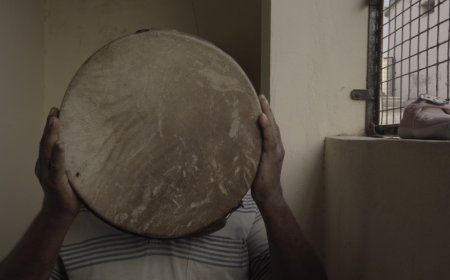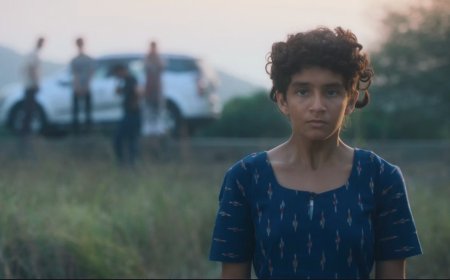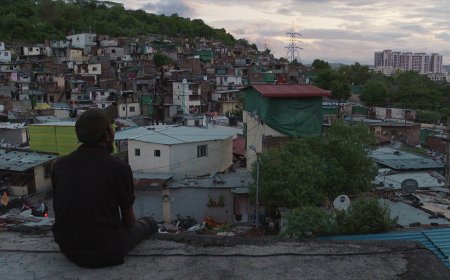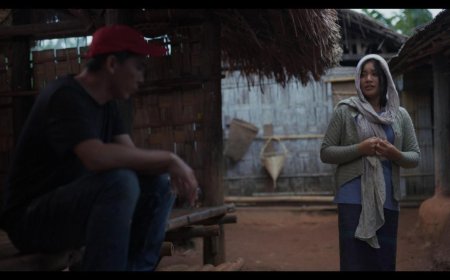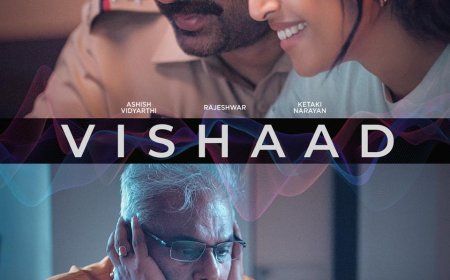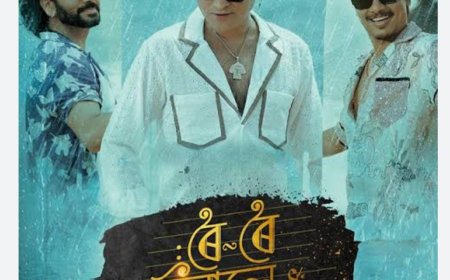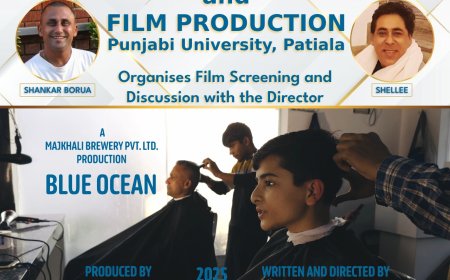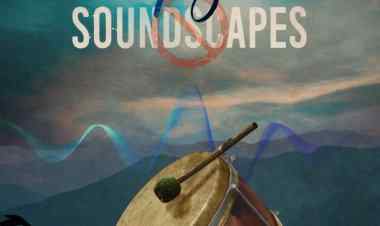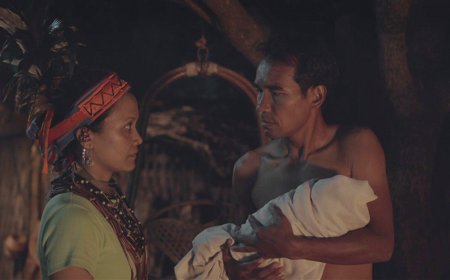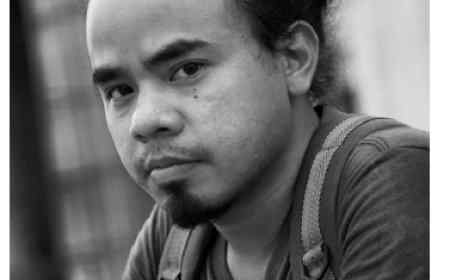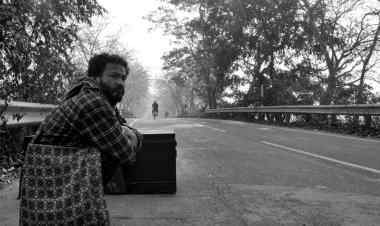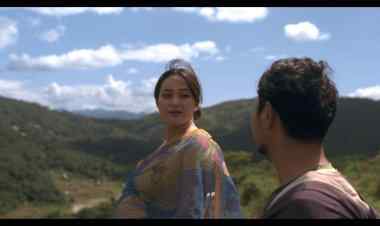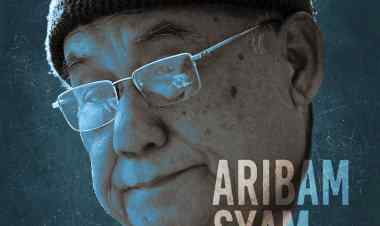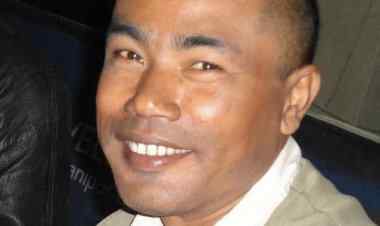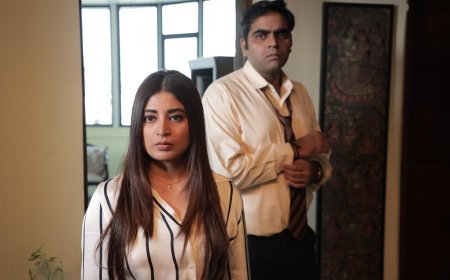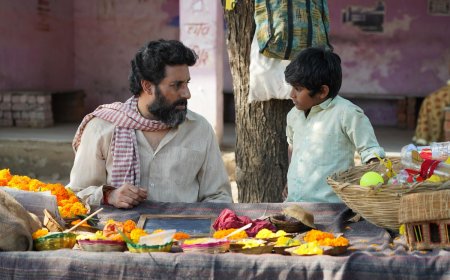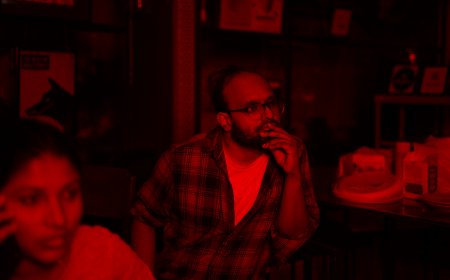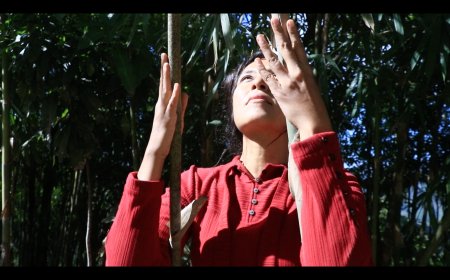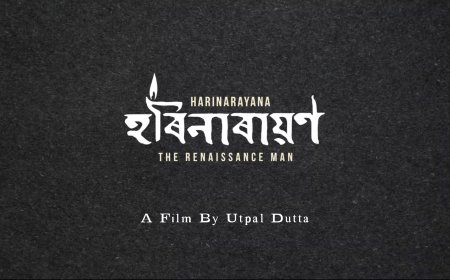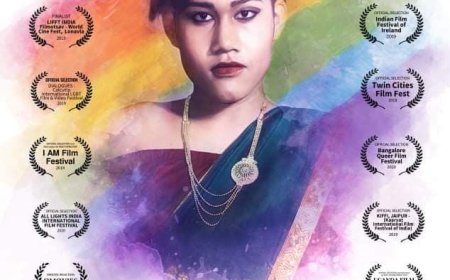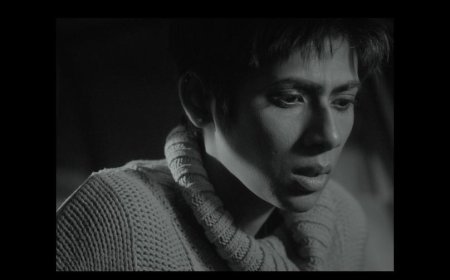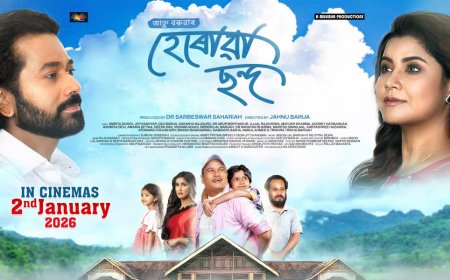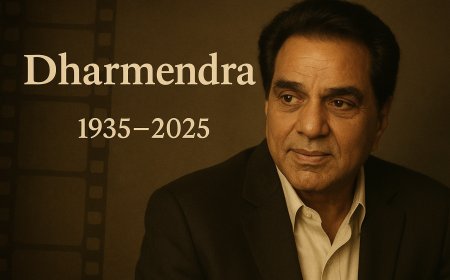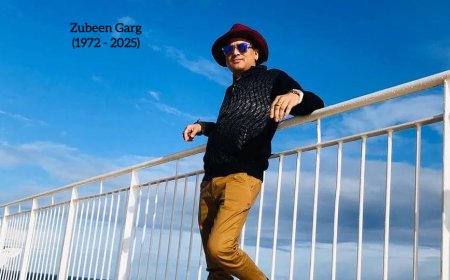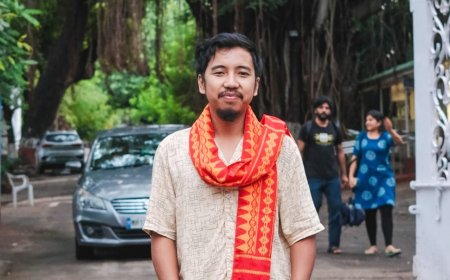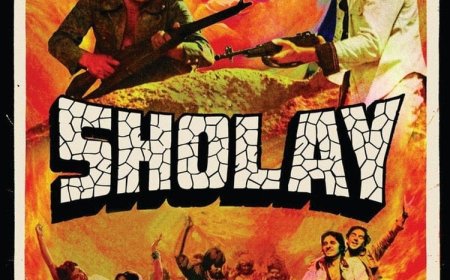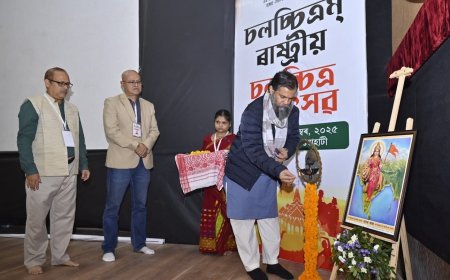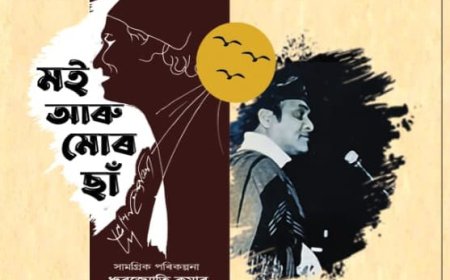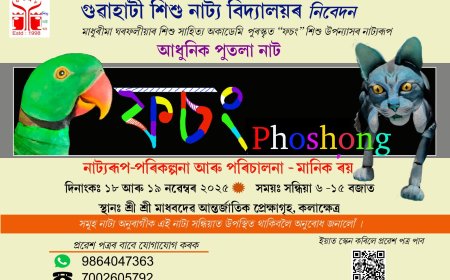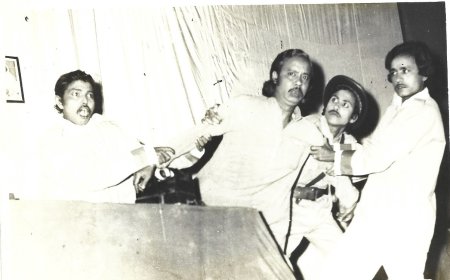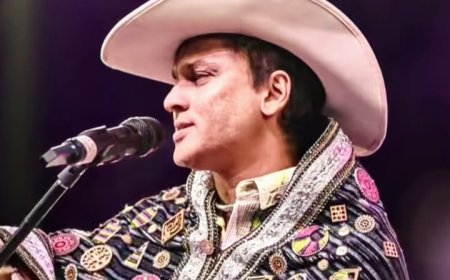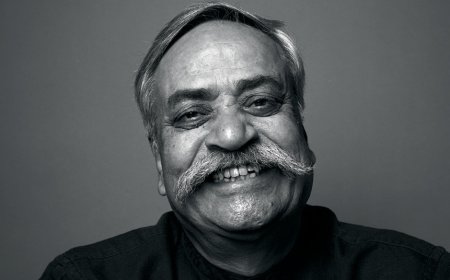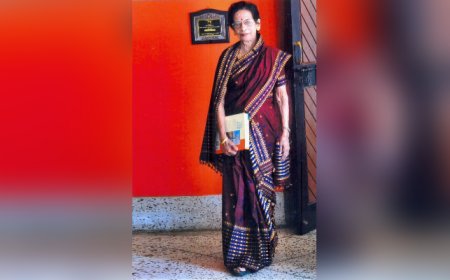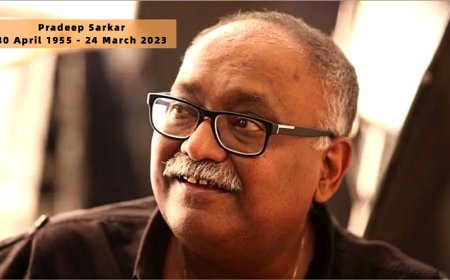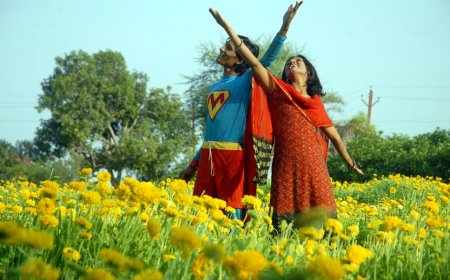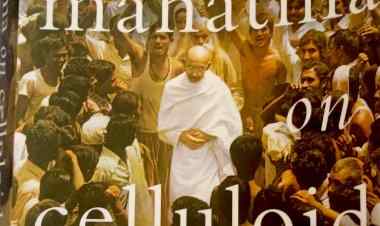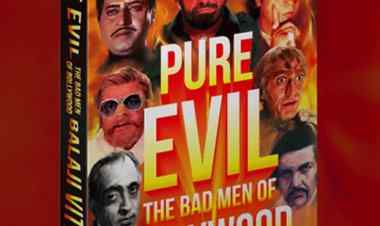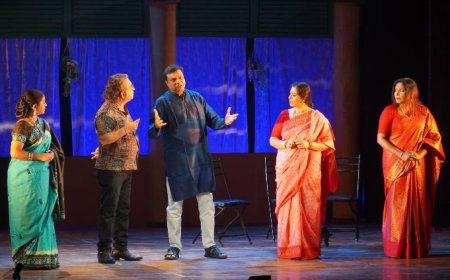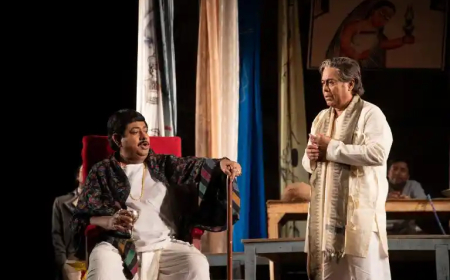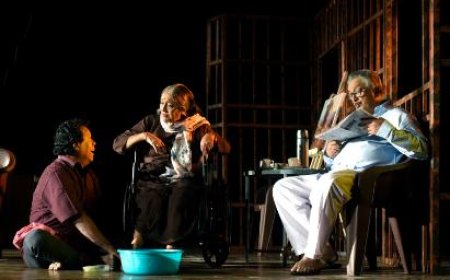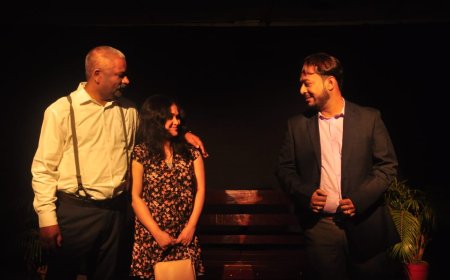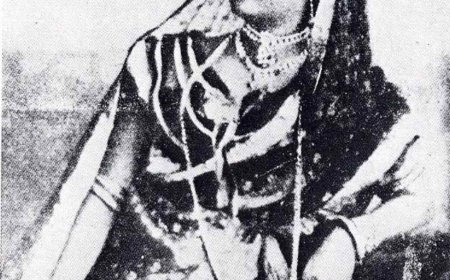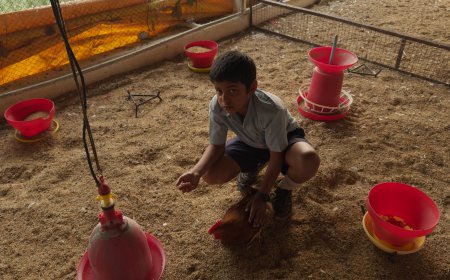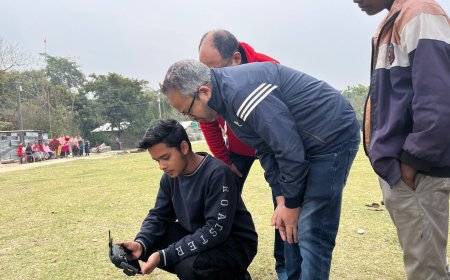Interview: Utpal Datta
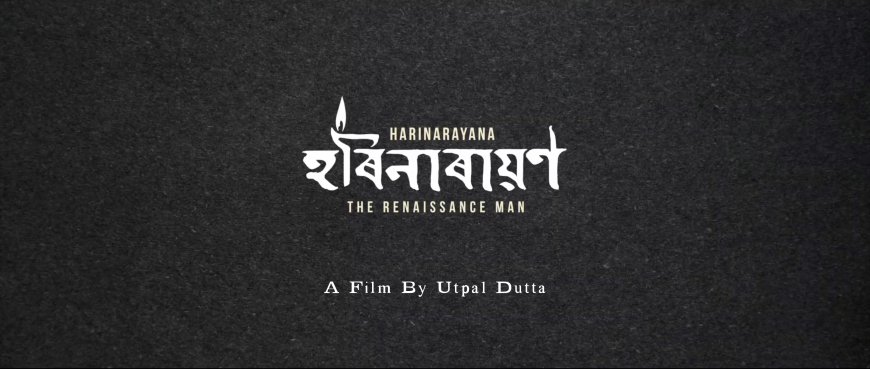
In an era where the legacies of regional cultural figures often risk being forgotten, Utpal Datta's latest documentary is a tribute to Hari Narayan Dutta Baruah. This short documentary emphasises the value the legendary figure has added to Assamese identity and intellectual heritage, as a pioneering publisher and educationist.
In this interview, Datta shares insights into making a documentary that connects past legacies to the present, and discusses its origins, key creative choices, and the role of the collaborators.
Dipankar Sarkar. What inspired you to create a documentary about Hari Narayan Dutta Baruah? Why did you feel it was necessary?
Utpal Datta. Assam Down Town University organises an annual memorial lecture in honour of Hari Narayan Dutta Baruah. On one such occasion, noted journalist and National Film Awardee Anant Vijay delivered the lecture. During his address, he strongly advocated for the making of a documentary on Dutta Baruah’s life and contributions. Inspired by this suggestion, the Chancellor of the University, Dr. N. N. Dutta, immediately announced that the university would produce such a film, and that I would direct it. That was the beginning of the journey.
DS. The documentary uses both black-and-white and colour footage. What was the reasoning behind this stylistic choice?
UD. The idea emerged from the pages of Chitra Bhagawat, the first Assamese book to be published in colour. It was a landmark moment in Assamese publishing history. To highlight this significance, I decided to film the Chitra Bhagawat pages in colour, while keeping the rest in black and white. During the editing process, I noticed a natural division in the narrative. The past and the present. That led me to retain black-and-white for the past and colour for the present. It was a spontaneous, instinctive decision made at the editing table, not something pre-planned.
DS. How did you go about selecting the individuals interviewed in the documentary? What was your process for shortlisting them?
UD. I divided the potential interviewees into two categories: those who had met Hari Narayan Dutta Baruah, and those well-acquainted with his works. From these groups, I shortlisted participants based on their availability. Unfortunately, I couldn’t interview two senior individuals whose health didn’t permit it.
DS. What kind of research did you undertake to shape the narrative and content of the documentary?
UD. I’ve been familiar with Hari Narayan Dutta Baruah’s work since childhood. I studied at Debiram Pathsala High School, which he established in memory of his father. His Uma Press, founded in his mother’s name, stood adjacent to our school. We bought our schoolbooks from his publishing house, Dutta Baruah & Company. Many of his books were part of our home library, and his writings were part of our syllabus. So, the name and legacy of Hari Narayan Dutta Baruah were deeply ingrained in my upbringing. For the documentary, I revisited his biography, available writings, and secondary literature on his work. I also explored how the next generation perceives his legacy.
DS. How did you collaborate with cinematographer Ratul Barman, and what was his visual approach to the project?
UD. Ratul Barman has been with me since my very first project. He is sincere, disciplined, and incredibly hardworking. I describe the visual frames I imagine, and he brings them to life, often enhancing them with his creative inputs. Despite our modest budget, he always adjusts and delivers beyond expectations. The film is filled with static elements like books and photographs. I asked him to add dynamism through creative lighting movements, and he executed it beautifully.
DS. What role did editor Jhulan Krishna Mahanta play in shaping the final form of the documentary?
UD. The film is largely built on interviews and photographs, with minimal visual action. Even the narrative structure is more essayistic than cinematic. I aimed to bring some rhythm and motion to this static form. Jhulan, with his editing finesse, brought that narrative flow to life. I had only a thin thread of the storyline, but Jhulan’s skill gave it cohesion and cinematic momentum.
DS. Could you speak about Debojit Gayan’s contribution through his sound design?
UD. The film’s audio backbone consists of interviews, and naturally, the tonal quality of the voices varied greatly. Debojit meticulously edited the voices so that each retained its unique character while ensuring an overall smooth, organic flow. His careful balancing act created a harmonious auditory experience.
DS. What message or relevance does this documentary hold for the younger generation today?
UD. This documentary serves as both documentation and analysis of a visionary figure's contributions. If it inspires the younger generation to learn about a great soul from our cultural history, then I would consider that the film’s greatest social achievement.
What's Your Reaction?







